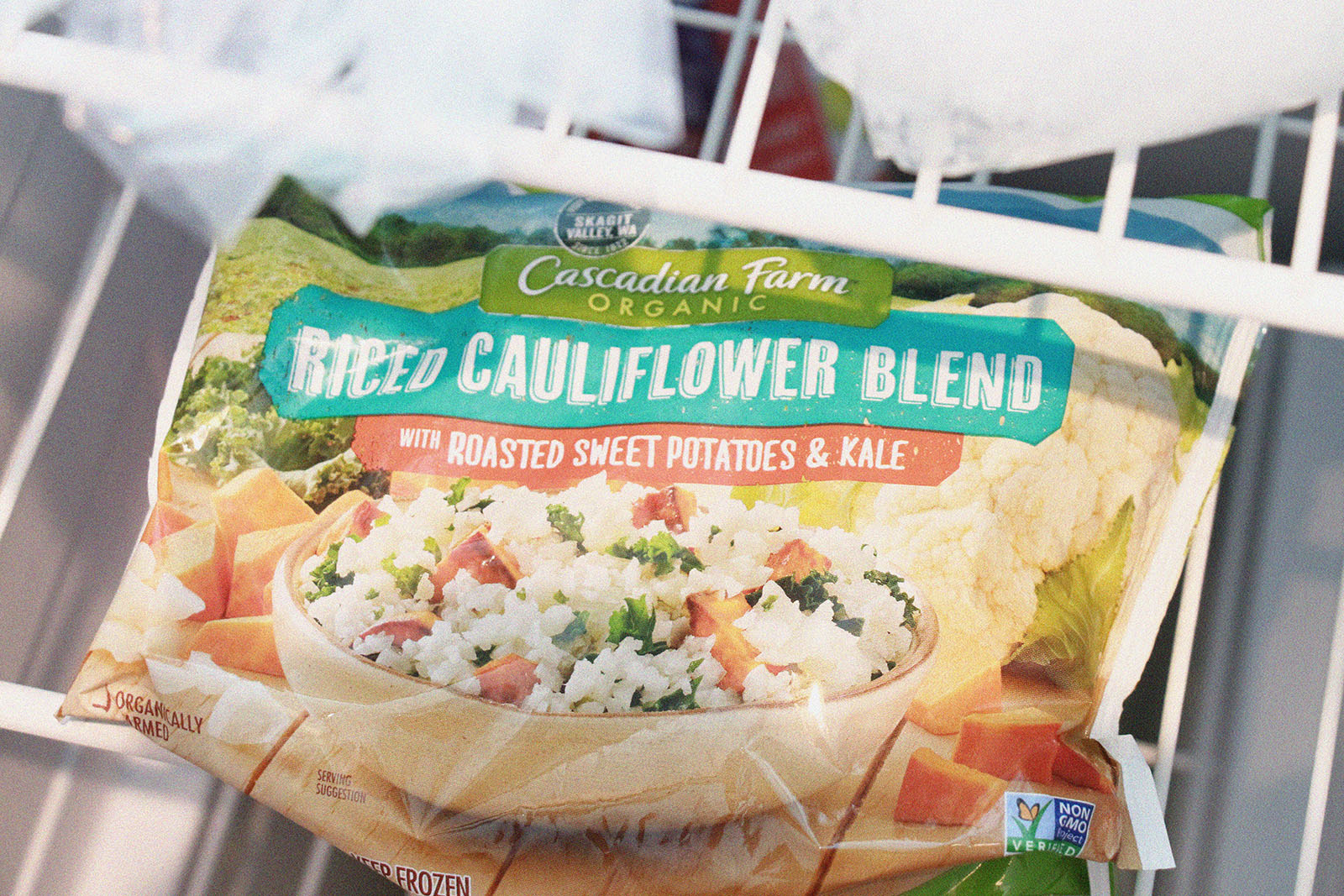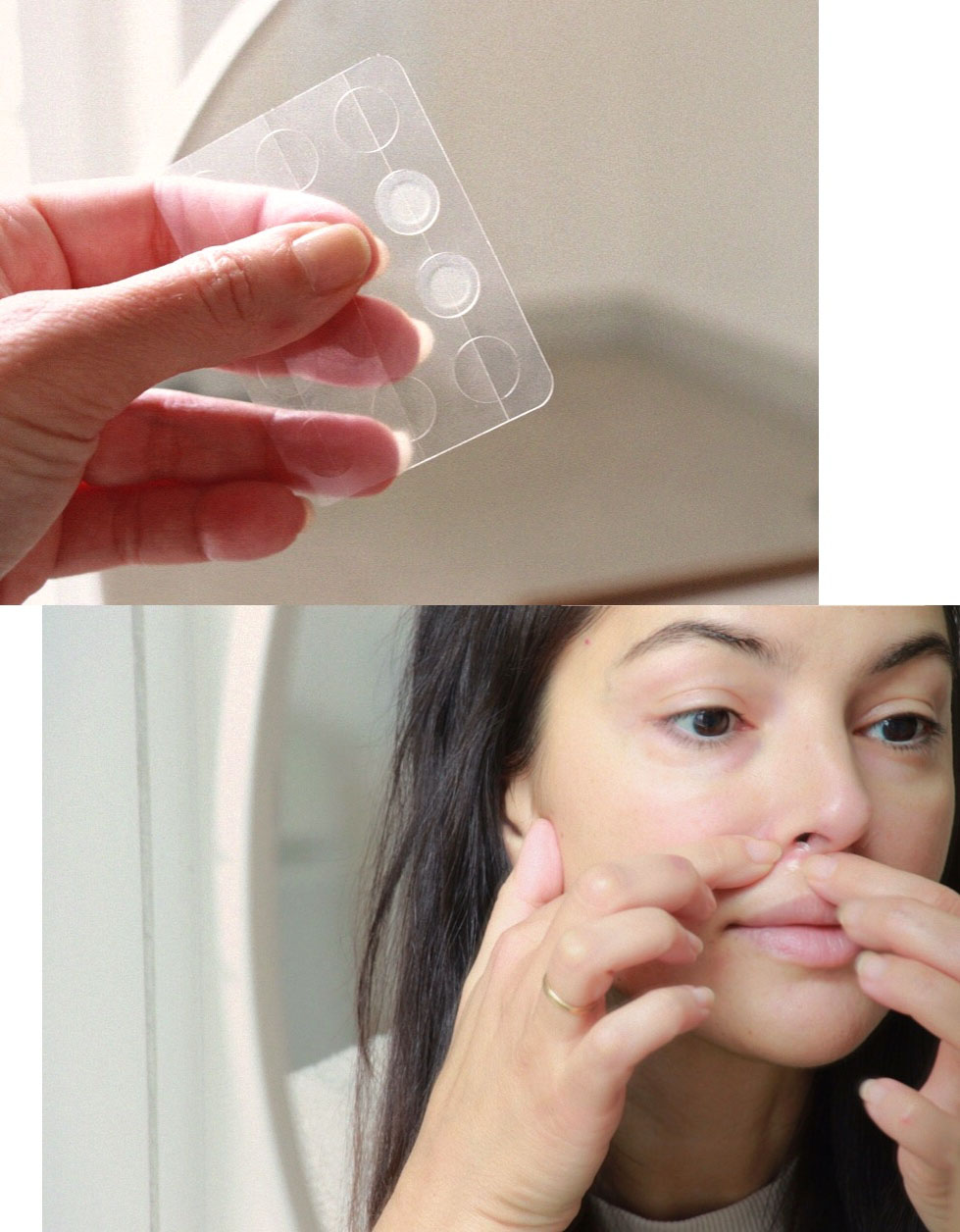**Please read my medical disclaimer below.
During the week before my period, I feel like my skin betrays me. Sneaky zits pop out of nowhere, sudden redness appears, and sensitivity increases. When I look in the mirror, I can just tell that something is off. I was hoping that by my age I would not experience PMS skin as much as I do, but the only thing that has changed is my self-control with picking zits. However, I have learned a few ways to optimize my skin habits and lifestyle so that when my hormones do their monthly swing, I am prepared.
TRACK IT
First off, if you don’t have a good app to track your period, I would highly encourage you to download one. The one I use is called Clue, and it has been working very well for me. It helps me track not only my period, but my symptoms as well, such as mood changes, headaches, breast tenderness, cramp intensity, and more. After using it for a few months you can start to see patterns, and hopefully figure out which changes in your lifestyle or diet provide some relief or improvement.
I hate to admit, however, that my best period tracker has become my husband. By the time I start talking a bunch of emotional non-sense, he’ll say–Wait. Are you waiting for your period?. He is right 10 times out of 10. He can tell me when my period is coming. And when he does, I know that it’s time for me to prepare: food, supplements, and diligent skincare–they all help. Do I still get the PMS look on my face? Yes, but it definitely reduces the severity of my symptoms.
NUTRITION
This is a tough one, I know, but it is so important. During the luteal phase of my menstrual cycle (from ovulation to bleeding), I get all sorts of cravings, even for foods that I don’t typically care for (like sweets). But when I indulge, I end up feeling way worse, and this eating increases my chances of breaking out.
A helpful change came from eliminating or at least limiting refined carbs and sugar. This is the hardest thing to do when all you want to eat is bread (pasta for me), but limiting simple carbs can have a positive outcome on “period skin” and it has made a huge difference for me. Increased consumption of carbohydrates can impact the already fluctuating hormones, increasing the chances of a hormonal breakout. To put it simply, sugars can cause spikes in insulin, which can, in turn, lead to increased testosterone. When our bodies’ production of testosterone increases, it can boost sebum production, and when the skin gets more oily, it can lead to breakouts.
My favorite way to deal with carb craving is to have better alternatives at hand that are quick to fix. A staple in my fridge is frozen cruciferous veggies (cauliflower, cabbage, broccoli, kale, etc.) because cruciferous veggies contain hormone-balancing compounds. The fact they do not require washing and peeling makes it more likely that I will eat them and not give in to a craving. Yes, I know, I know: fresh is better than frozen, but if I am not feeling well I am more likely to eat veggies if they are ready to cook. Just keeping it real with you!
Another thing I encourage you to try if you haven’t yet is to eliminate or at least limit your dairy consumption. Quitting dairy products has caused the most dramatic changes in my skin. When I first stopped eating dairy, the redness on my cheeks faded away (I no longer experience it). If you have been reading my blog for a long time, you may recall the days when I looked like I was wearing blush, but I wasn’t. Dairy is a source of hormones, so it can mess with your hormonal levels as well.
To put it simply, the luteal phase of your cycle is when you want to try to exercise more self-discipline, eat whole foods and lower your intake of starchy foods. It makes a difference, and it’s worth trying. However, I still advocate for balance–treating your self to a comfort food can also make you feel better. Use your best judgment.
SLEEP
During the week leading to my period, I don’t sleep well and I typically have more vivid dreams that often wake me up. I try my best to go to bed at a decent time (ideal time for me is 10 pm, but anything before 11:30 will do). If I need a little help, I’ll take about 1-3 mg of melatonin. Although melatonin has received a bad reputation due to the sleep gummies controversies (mostly cases of misuse), it is a very useful supplement that can help with a variety of symptoms and issues.
Melatonin is actually a hormone whose secretion decreases during the luteal phase in some women. That can at least in part explain why our quality of sleep may decrease and why I feel better when I take it. By sleeping more/better you can keep your hormones a bit more balanced, and experience less severe symptoms, including hormonal breakouts.
NAUSEA
If you, too, experience slight nausea as part of your PMS package, I would suggest trying ginger tea or ginger tincture. My PMS nausea varies from very mild to moderate, so I typically take one full dose of ginger tincture before meals three times a day or drink ginger tea.
SKINCARE
Taking care of my skin topically is also very helpful. It can’t always prevent zits, but it can definitely reduce the severity of them and prevent scarring. These are the things that I always do during PMS time:
- Cleanse. Twice a day (as always), even if I don’t feel like doing it. When I have PMS, I sometimes do not feel like doing anything at all, including skincare. However, I have learned (the hard way) that not cleansing will eventually lead to my skin getting congested. Therefore, it is a non-negotiable step, and I preferably do it with an exfoliating cleanser like the One Love Organics A Botanical Facial Cleanser. The AHAs in the cleanser prevents dead skin cell build-up and remove excess oil.
- Spot-treat. I have used a spot remedy like a gel or a mask for years, but recently I bought a pack of Mighty Patch hydrocolloid bandages and I have been using them on each spot that pops up. The Invisible type that I purchased is truly discreet and is wearable even in a more professional environment. I don’t know why it took me so long to convert to patches, but there is no going back. They are effective at calming the pimples and preventing them from growing and getting more inflamed. This means you’re less likely to pick at them and therefore, you’re less likely to experience scarring. You can find them here.
- Moisturize your face. More than dry, my skin looks dehydrated during PMS, and I even get a little oily on my T-zone. My favorite way to combat dehydrated skin is a simple water-based moisturizer applied immediately after cleansing on damp skin. I like to layer a few drops of oil on top of the skin. My go-to product combo is still the one I mentioned recently–the Indie Lee Oil-Free Moisturizer with the Indie Lee Daily Vitamin Infusion (a squalane oil-based serum).
- Moisturize your lips. Less is more is my skincare motto, except when it’s Winter and you have PMS and your lips are already dry. In this specific case, more is more. Currently, I am using the Kjaer Weis lip balm that I received in a recent Detox Box*, which turned out to be one of the best boxes I have ever received. It has become a staple and I actually plan to buy a refill when I run out (already hit the pan on it!). Although it annoys me that I have to either dip my finger in it or use some tool, it is an extraordinarily comfortable formula that moisturizes but does not leave my lips feeling overly greasy or oily, even when I apply a generous amount. My other favorite is this one by Henne Organics – use code LILLY10 for a 10% discount ;)
Do you have any tips for PMS skin? I am all ears–leave me a comment.
This post is NOT sponsored; * denotes gifted item. Some affiliate links may be used.
**This post is not intended to provide diagnosis, treatment or medical advice. The content provided on this website is for informational purposes only. Please consult with a physician or other healthcare professional regarding any medical or health related diagnosis or treatment options.






